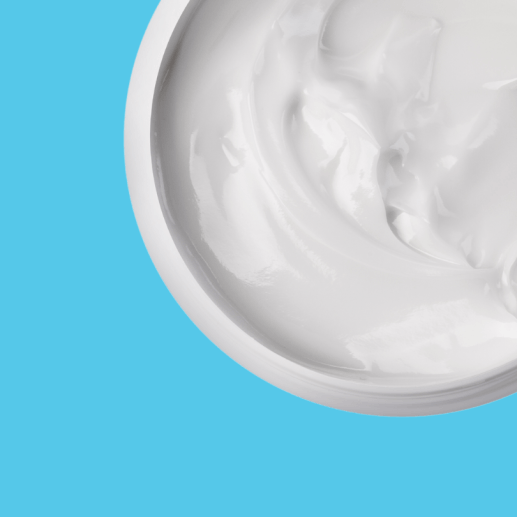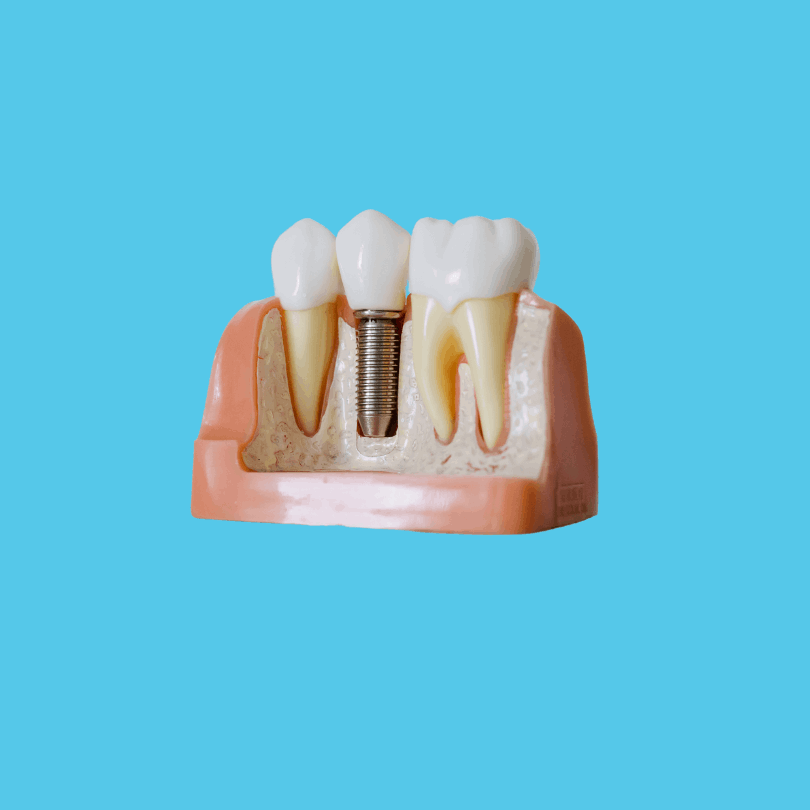
What is Hydroxyapatite?
Hydroxyapatite is an inorganic compound with a crystalline form of calcium phosphate. Its structure closely resembles the natural mineral that makes up the majority of the mineral matrix of bones and tooth enamel, making it biocompatible and allowing it to be used without the need for hypersensitivity testing.


















